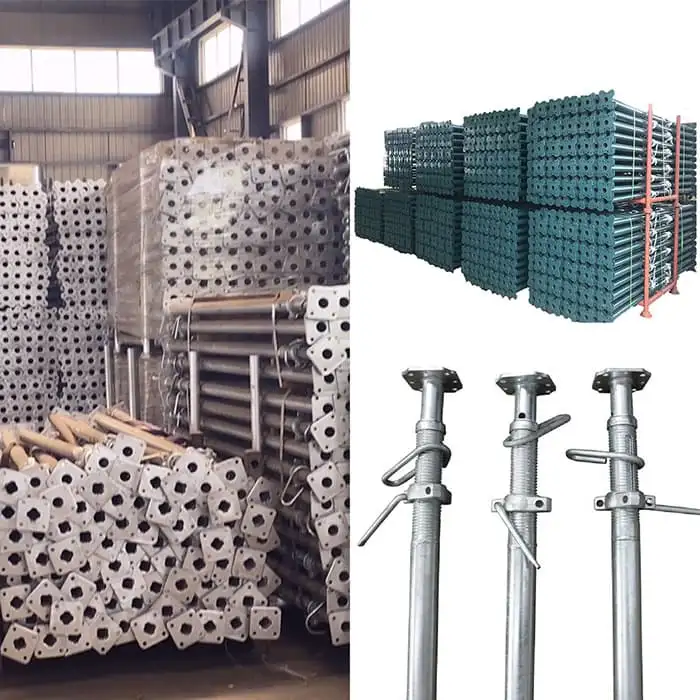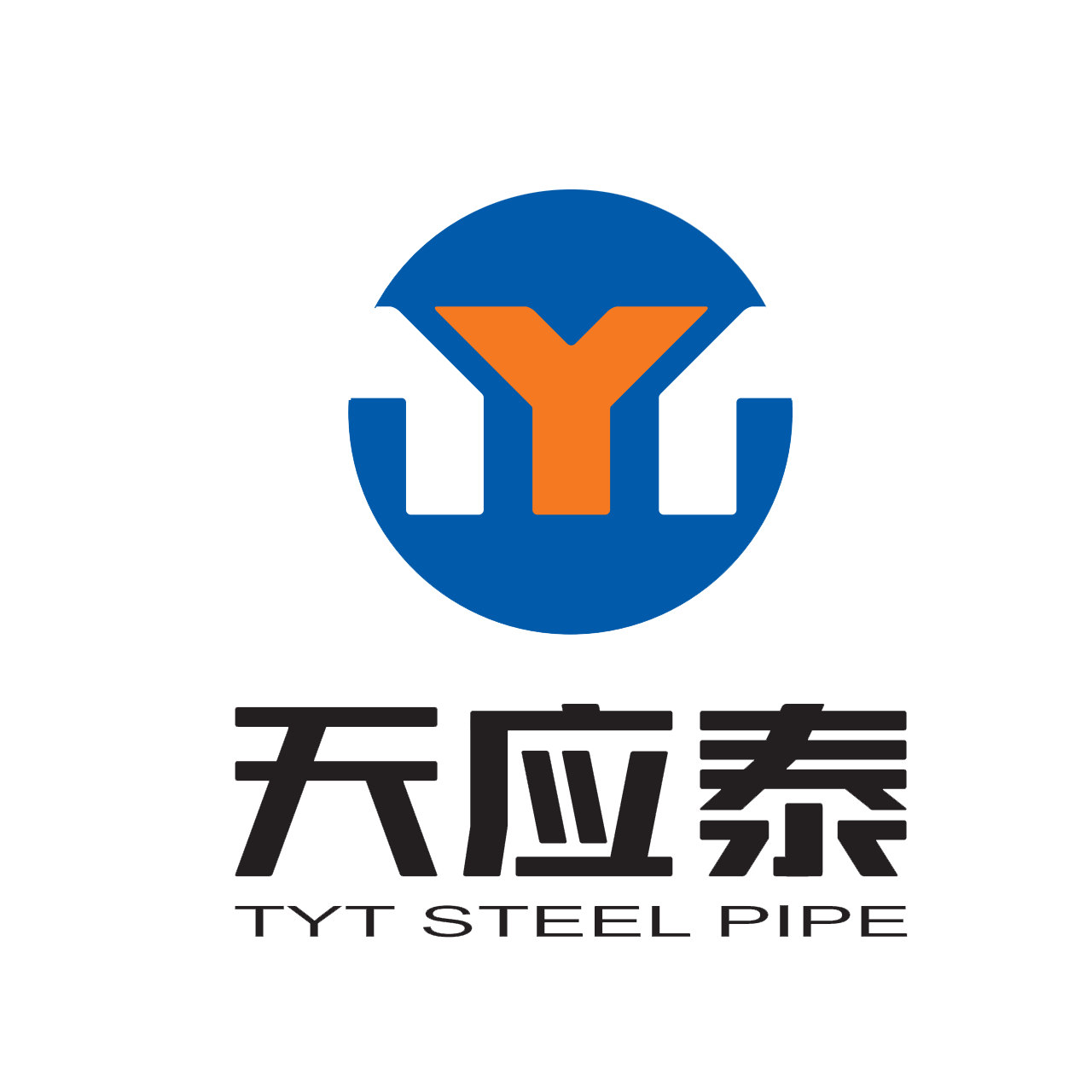Los soportes internos se clasifican en soportes de acero y de hormigón armado según el material., y puede ser de un solo material o mixto.

Existen ventajas y desventajas de cada uno de los dos materiales para el soporte interno., cuya comparación se muestra en la siguiente tabla:
| steel prop | Reinforced concrete support | |
| materials | Use of steel tubes or profiles | reinforced concrete |
| Construction method | Prefabricated and assembled on site | On-site casting |
| nodal | Welded or screwed connections | One pour |
| flexibility | Applicable to the arrangement of the brace program, plane layout changes are limited; can only be subjected to pressure, can not be tensile, should not be used as the first support of the deep foundation pit | Easy to adjust the cross-section size and layout form for the construction of a larger excavation space, can be both compression and tension, but also withstand the impact of construction equipment |
| Limitations on layout | Low load levels and small spacing of supports both vertically and horizontally | High load level, unrestricted arrangement, enlarged cross-section size to meet larger spacing requirements |
| Formation of supports | The support is formed at the end of the installation, and the axial force can be applied by jacks to adjust the deformation of the enclosure. | The support can only be formed as a whole after the concrete has hardened, and the shrinkage and deformation of the concrete is large, which affects the growth of the internal force of the support. |
| Possibility of reuse | Can be tooled and reused in trench excavations of equal width, but reuse is difficult to achieve in construction pits due to varying dimensions. | Cannot be reused |
| Utilization or removal of supports | Easy to remove, but cannot be used in a permanent structure. | Reinforced concrete bracing can be used as a member of a permanent structure when the enclosure structure is also used as part of the permanent structure; sin embargo, if it is not used as a permanent member, the removal workload is relatively large. |
| Stiffness and deformation of the support system | Small stiffness, large overall deformation | Large stiffness, small overall deformation |
| Stability of support system | Stability depends on the quality of on-site assembly, including the accuracy of node axis alignment, the degree of eccentricity of the force on the bars and the reliability of node connection, and the instability of individual nodes will cause overall damage. | The nodes of cast-in-place reinforced concrete system are solid, and the stability of the support system is reliable. |
Steel prop and reinforced concrete bracing are two common methods used for structural bracing in construction. Both methods have their own pros and cons, and the choice between them depends on various factors such as project requirements, design constraints, cost considerations, and local building codes.
Let’s examine the pros and cons of each:
Scaffolding steel prop:

Pros:
Strength and Ductility:
Steel bracing systems have high strength and ductility, making them capable of resisting large forces and providing flexibility in absorbing energy during seismic events or other dynamic loads.
Ease of Installation:
Steel bracing elements can be prefabricated off-site and easily installed on-site, allowing for faster construction times.
Design Flexibility:
Steel bracing systems offer design flexibility and can be easily modified or adapted during construction or for future renovations.
Cost-effective for Smaller Structures:
Steel bracing can be cost-effective for smaller structures or where the bracing elements are not extensive.
Cons:
Vulnerability to Corrosion:
Steel bracing is susceptible to corrosion, especially in humid or corrosive environments. Proper corrosion protection measures, such as coatings or galvanization, are necessary.
Fire Resistance:
Steel is not inherently fire-resistant, and additional fireproofing measures are required to ensure structural integrity during a fire.
Visual Aesthetics:
Some may consider the appearance of exposed steel bracing to be less aesthetically pleasing compared to other materials.
Reinforced Concrete Bracing:
Pros:
Fire Resistance:
Reinforced concrete provides inherent fire resistance without the need for additional fireproofing measures.
Durabilidad:
Concrete structures have a long lifespan and are generally more resistant to corrosion, weathering, and other environmental factors.
Architectural Integration:
Concrete bracing can be integrated seamlessly into the architectural design, allowing for a wide range of aesthetic options.
Reduced Maintenance: Concrete structures typically require less maintenance and repair compared to steel structures.
Cons:
Heavyweight:
Reinforced concrete bracing elements are heavier than steel, requiring stronger foundations and potentially increasing the overall dead load of the structure.
Construction Time:
Concrete construction can be time-consuming due to the need for formwork, curing time, and coordination with other construction activities.
Limited Design Flexibility:
Concrete bracing systems offer less flexibility for modifications or alterations compared to steel, especially once the concrete has cured.
It’s important to note that the choice between steel bracing and reinforced concrete bracing depends on various project-specific factors. Structural engineers and architects typically consider factors such as the building’s size, function, location, seismic activity, budget, and aesthetic requirements to determine the most suitable bracing system. In any project, cost is an issue that cannot be ignored. Steel prop is low maintenance, which means you can save money on hiring employees and shorten construction time, while extending the life cycle of your Scaffolding steel prop.
Click here to contact max to create a purchasing plan for your construction project!
I would be happy to help you solve your problem from a Chinese supplier’s point of view!
